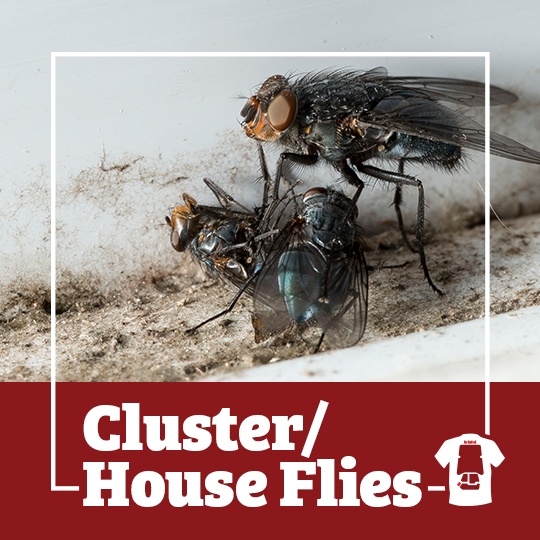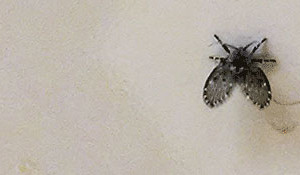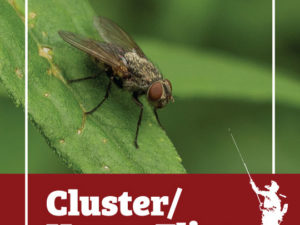
During the fall a number of insect pests make a mad dash into residential homes in order to secure warm shelter for the winter season. These insect pests cannot overwinter outdoors, so they take their chances indoors by congregating in areas like wall voids, attics, behind baseboards and other areas where they are able to go unnoticed by a home’s occupants during the winter season. But these indoor hiding places are also lacking food sources that the insect invaders need to survive until the arrival of the spring season. Unsurprisingly, most seasonal insect pests rarely survive the winter season indoors, especially plant-eating insects that are not interested in consuming other dead insects that are often abundant indoors. The most common fall invaders in upstate New York include brown marmorated stink bugs, Asian lady beetles, boxelder bugs, and dreaded cluster flies. Many residents find cluster flies to be the most frustrating of all fall invaders, as these pests have a habit of appearing out of nowhere in homes, and during the winter they emerge from their indoor hiding places on warm days, resulting in winter fly swarms within homes.
Cluster flies resemble houseflies, only cluster flies are a bit larger with yellow hairs, and they are relatively sluggish flyers. These flies get their common name from their tendency to cluster in various areas within and on homes where they cannot be seen, such as behind siding, beneath roof shingles, within cracks or crevices in attics and in wall-voids. These flies begin their clustering behavior on the sunny side of houses once the first frost occurs during the fall season. From there, these fly pests squeeze through narrow cracks and other tiny entry points in order to access a home, which is almost always on the upper stories of a home, particularly in attics. Once indoors, cluster flies become dormant, but on sunny and relatively warm winter days, the flies naturally emerge in order to return outside. The flies do this because the unseasonably warm winter days are taken as a sign that spring has arrived, so cluster flies react by swarming toward a home’s windows where they struggle to get outside, but they quickly dehydrate and die. The best way to prevent cluster fly issues is to seal cracks and crevices on a home’s exterior and install screens on attic vents and soffits. If the flies do gain entrance into a home, residents can use a vacuum cleaner to eliminate the slow-flying pests.
Have you ever witnessed a cluster fly swarm indoors?













